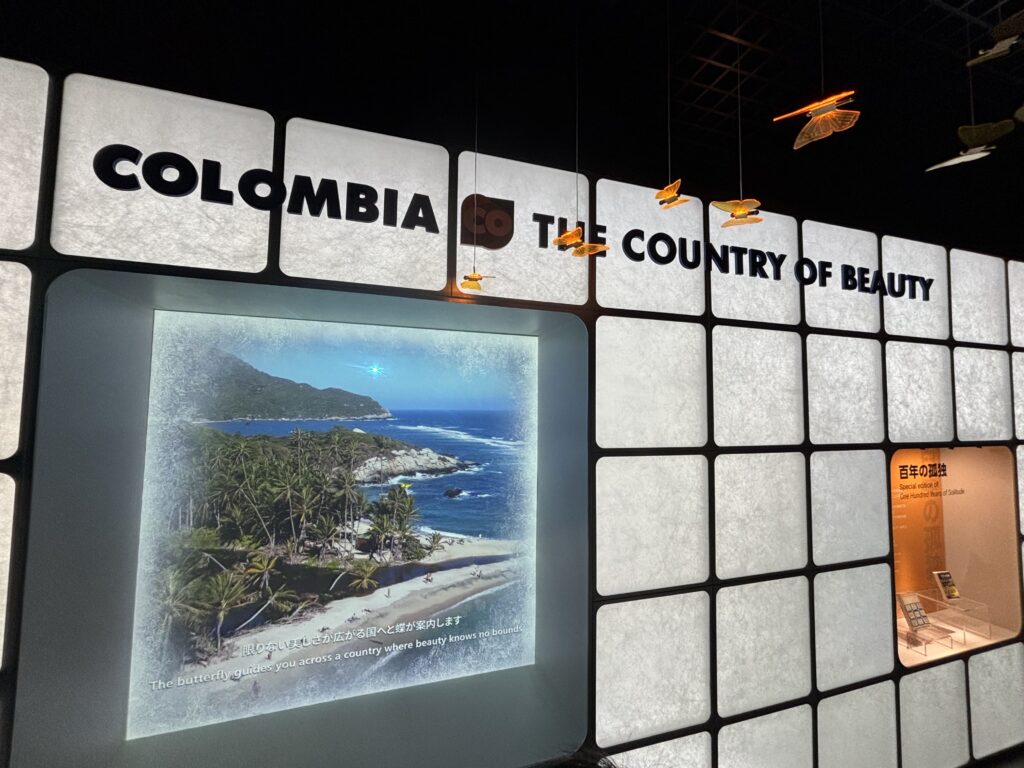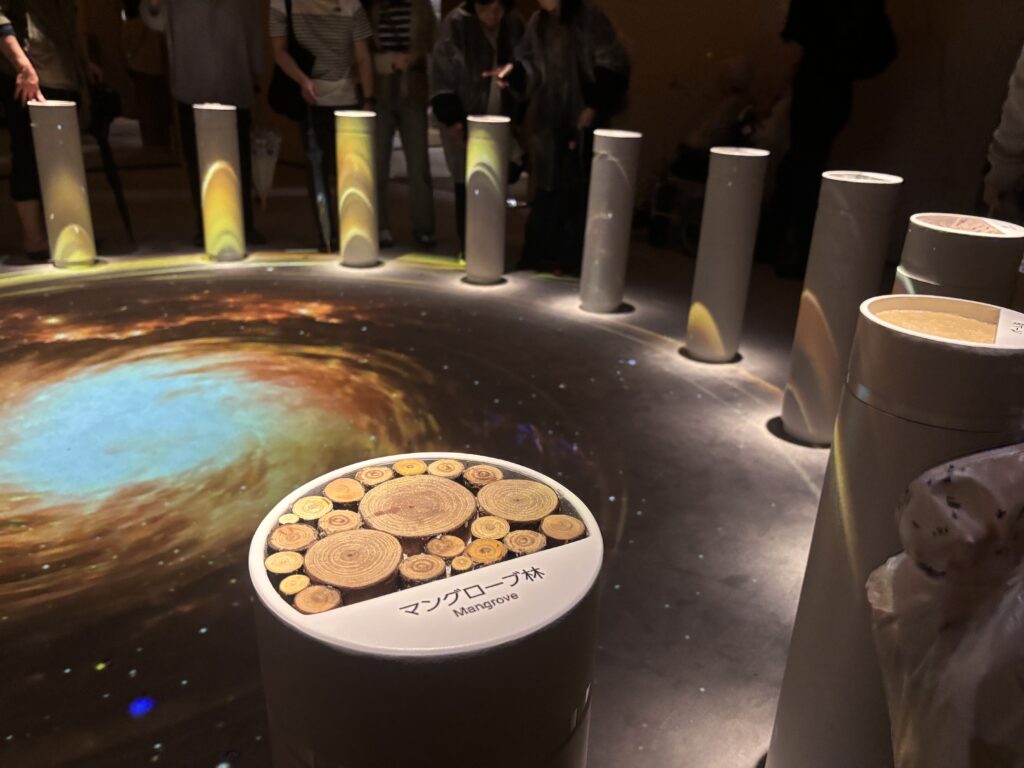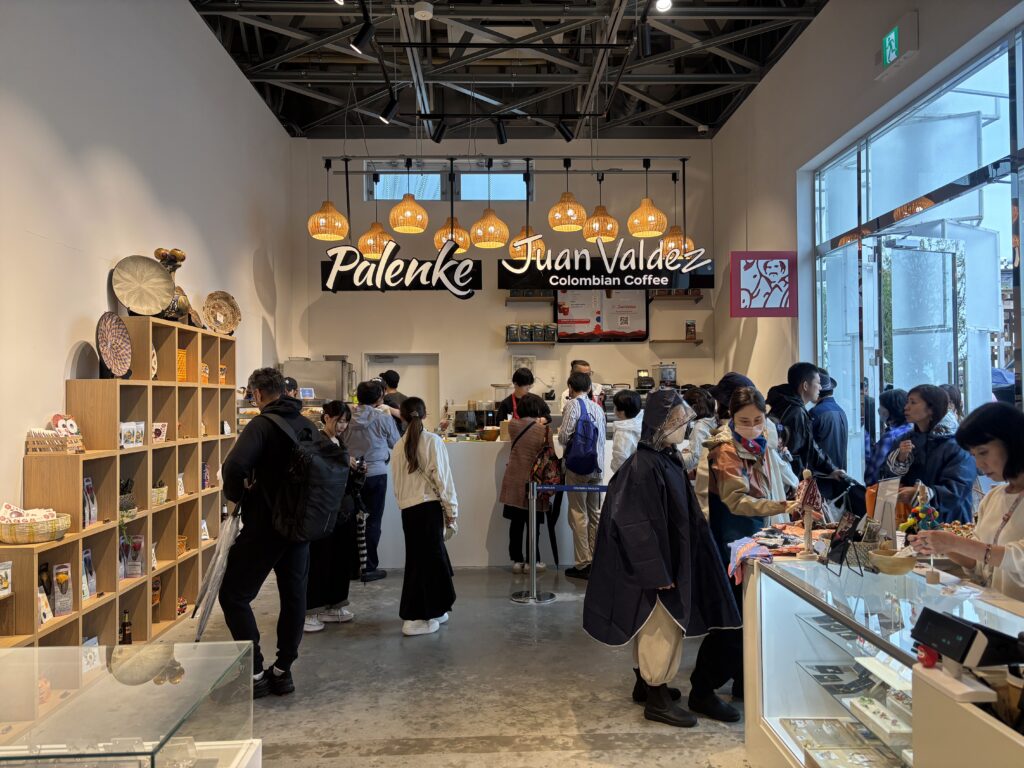Osaka, Japan – Every five years, governments around the world invest time, labor and money into putting on an exhibition representing their country on the global stage.
The occasion: the World Expo, an event dating back to 1851 when London hosted the first ‘Great Exhibition’. Despite sweeping global changes since its origins in the Victorian age, from world wars to pandemics to technological revolutions, the expo tradition continues to this day.
This year’s expo is being held in Osaka, Japan from April 13 to October 13 and cost the Japanese government in excess of USD$3 billion. Its theme is “Designing future society for our lives”, focusing on technology for sustainability.
Among the 158 countries participating in the Expo is Colombia, whose pavilion receives over 3,000 visitors daily, according to its protocol coordinator Viviana Hernández.

Hernández explained that Colombia’s exhibition aims to exhibit the country’s natural value as a biodiversity hotspot.
“The purpose of the pavilion has been to showcase our great global contribution in terms of biodiversity… a diverse, creative, and sustainable Colombia,” she told The Bogotá Post.
After queuing outside, guests are led into the first room – a gallery of artefacts and media highlighting Colombia’s national treasures.
One section featured a screen playing clips of virgin forests and beaches on loop, promoting the country’s unspoiled nature to potential tourists.
“The message is clear and concise: Colombia is the country of beauty,” said Hernández.
Other sections celebrated the country’s cultural tradition, especially its literary legend, Gabriel García Márquez.
The pavilion displayed Gabo’s “favorite copy” of One Hundred Years of Solitude and the typewriter he used to write the quintessential work.

Moving into the next room, visitors were given a chance to touch (and smell) some of Colombia’s unique material riches. A ring of illuminated cylindrical plinths encircled a projection of the cosmos in the dark hall. Each cylinder displayed a unique material found in Colombia, inviting guests to interact with them.
The items displayed included emeralds, cacao, indigenous Wayuu fabrics, Mangrove wood and even Zipaquirá salt.

In the following hall, the exhibition adopted a more educational tone, with infographics showing some of the thousands of species of flora and fauna that inhabit the world’s second most biodiverse country.
Hernández described visitors’ surprise to discover all that Colombia has to offer. She said many people had only negative perceptions of Colombia as “a dangerous country.”
“By exploring the pavilion they discover a country full of creativity, talent, environmental commitment and cultural beauty,” she said.
Finally, on the way out, visitors were given a chance to sample one of the most iconic flavors of Colombia: Juan Valdez coffee. Throughout the day, lines formed out the door with revellers eager to try a cup of Colombia’s famous export.

Energized visitors went on to explore the Expo, which featured a diverse range of buildings, technology, and cultural events.
In an architectural feat, Japan built the world’s largest wooden structure, the so-called Grand Ring, which encircled the Expo. Guests were also wowed by the Future City pavilion, which showcased the latest innovations by Japan’s tech companies. Visitors had the opportunity to embark on a video-game style interactive journey through possible futures.
Japanese tech giant NTT also put on a show fusing science and culture to demonstrate its Innovative Optical Wireless Network (IOWN). The Kabuki theater performance took place simultaneously in Taipei and Osaka, with the ultra-fast network allowing actors 1000 miles apart to interact with each other in real time.
While Colombia’s pavilion leaned more into sustainability and nature than technology, it provided an oasis for guests to take a breath and appreciate the “country of beauty.”




